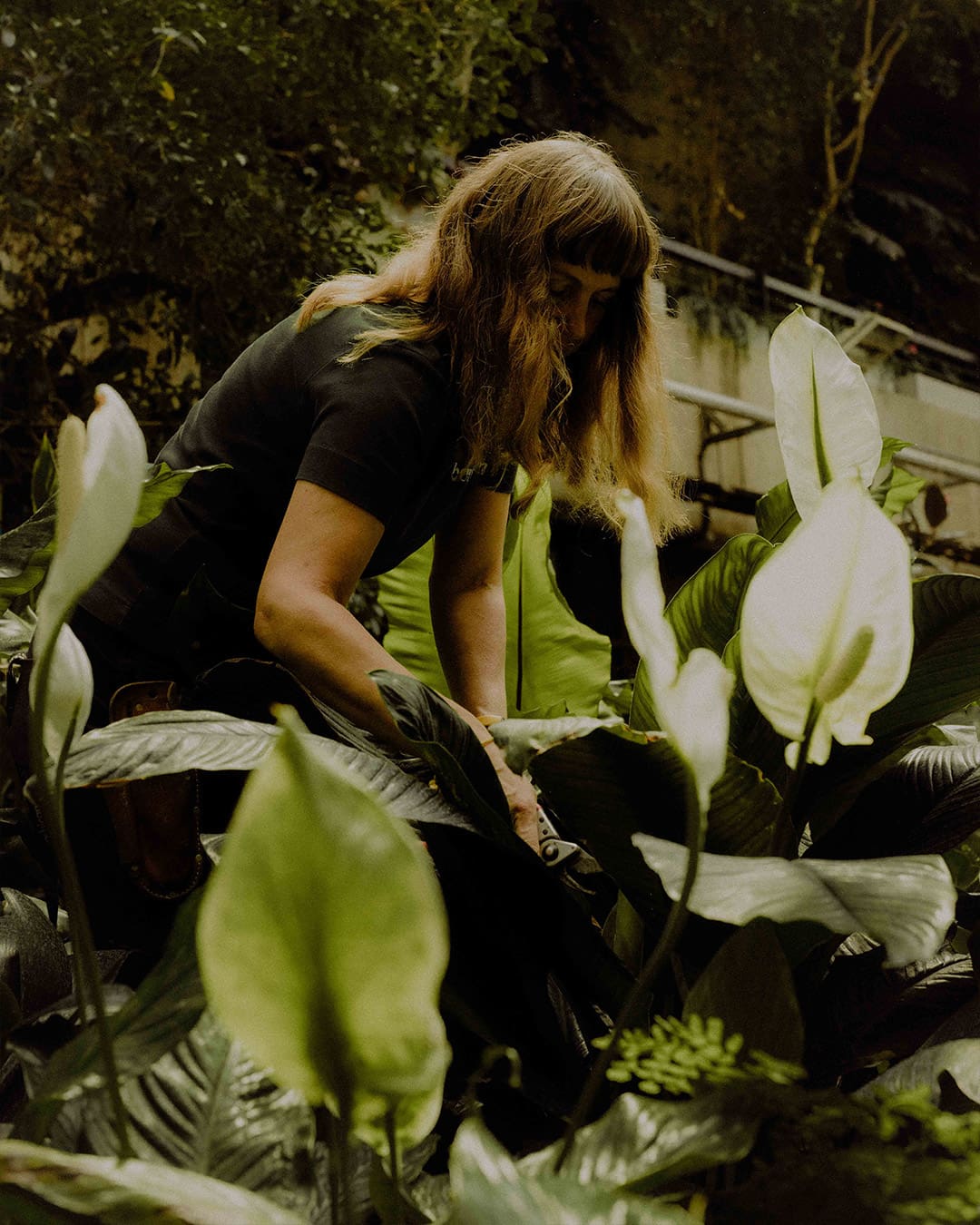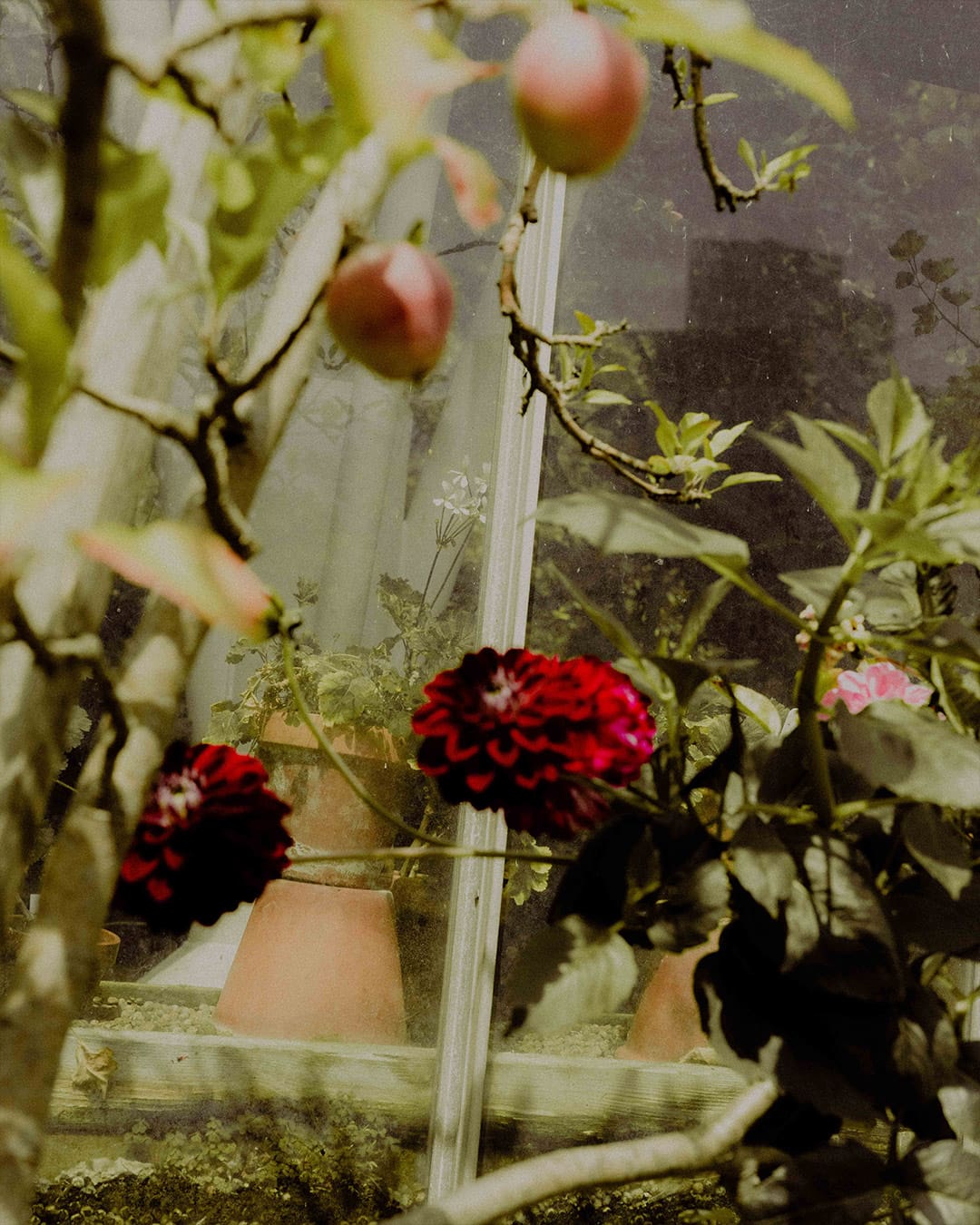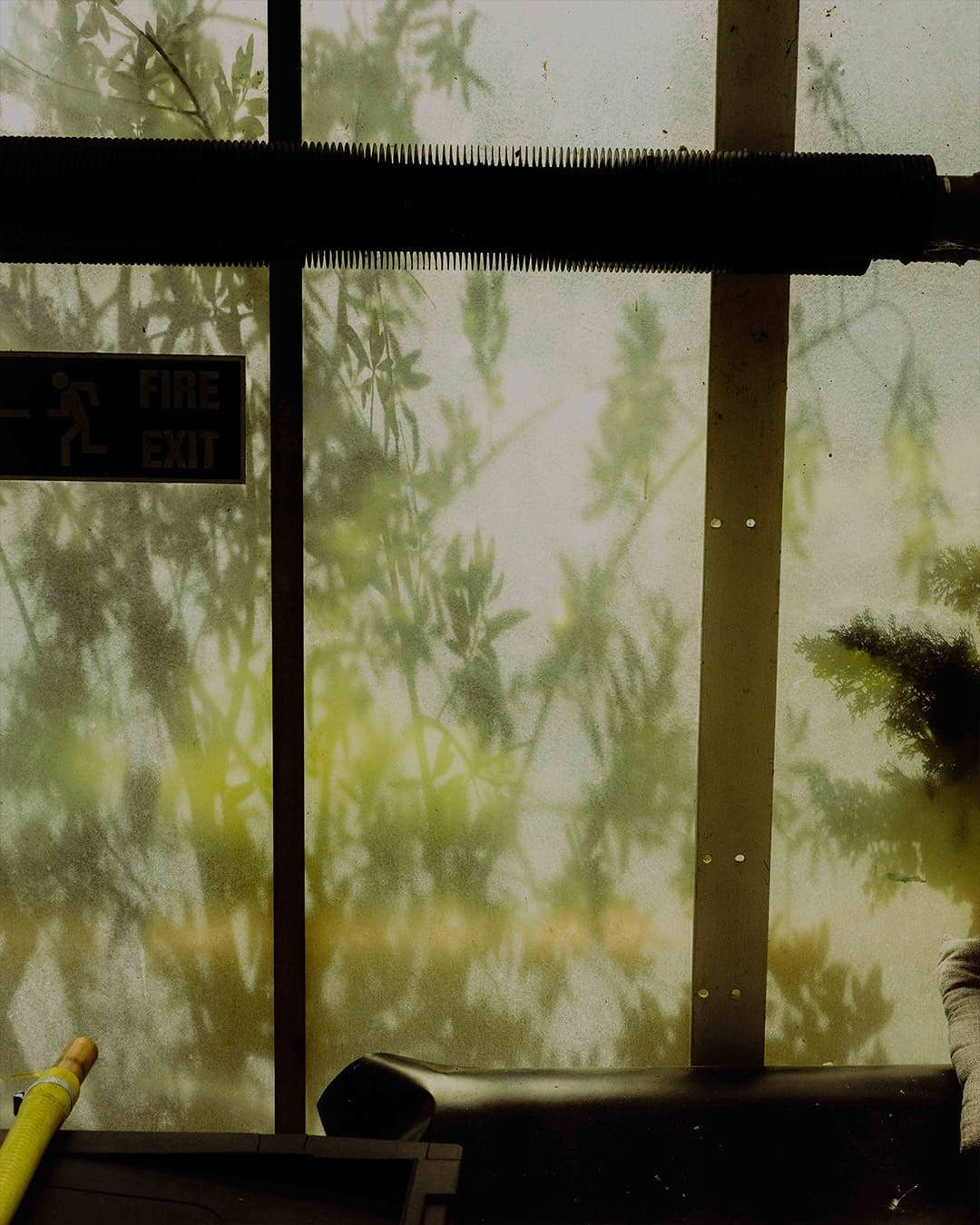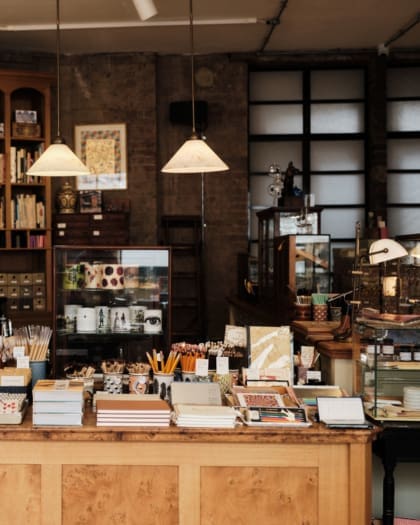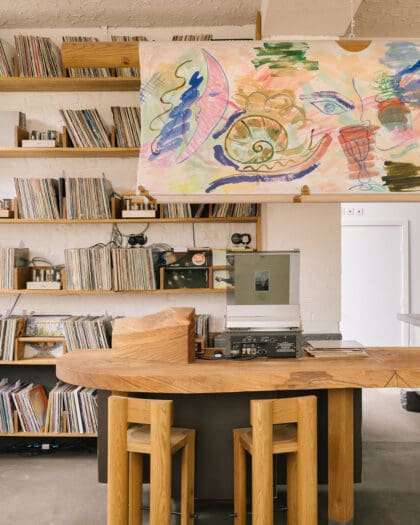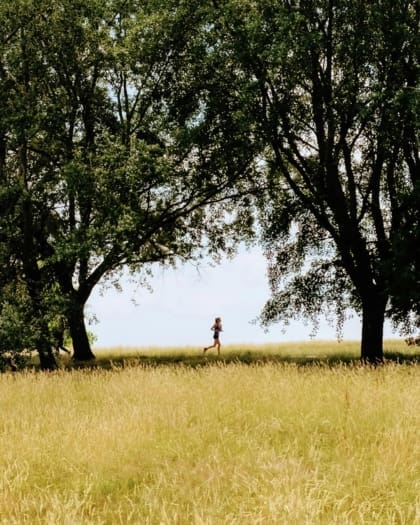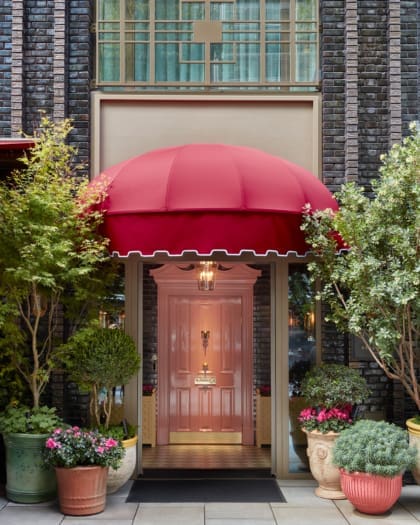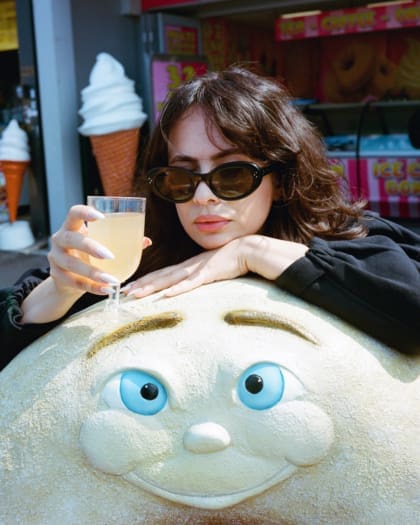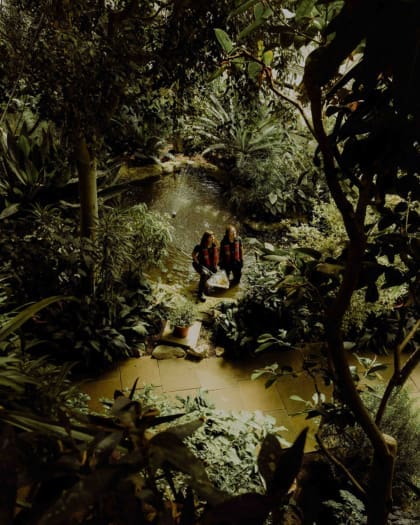
Focal Point: The Barbican Conservatory horticulturalists
British photographer Max Miechowski captures a day in the life of the Barbican Conservatory gardeners, shining a new light on the celebrated oasis, where brutalism and tropical plants meet
A web of monsteras, weeping figs, ferns and shrubs climb tiers of raw concrete. One monstera, thought to be the largest in the UK, ascends from the ground floor right up to the glass ceiling, its aerial roots cascading past the encircling balconies.
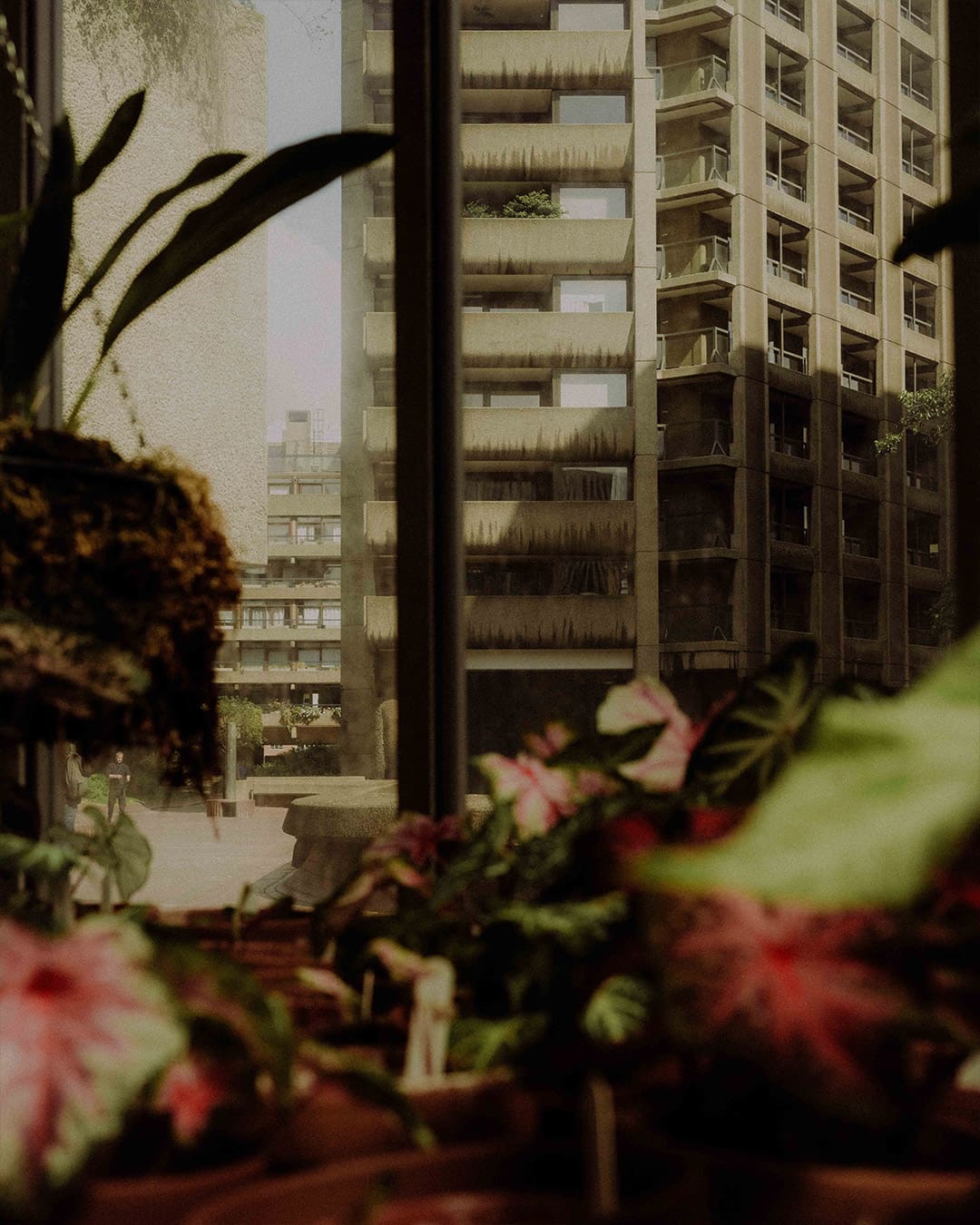
The Barbican Conservatory was designed by the estate’s architects Chamberlin, Powell and Bon, conceived as a way to hide the theatre’s fly tower (the space where the staging is lifted into). What would otherwise have been an impeding concrete pillar has become a platform for thriving tropical plant life – the second largest botanical conservatory in London.
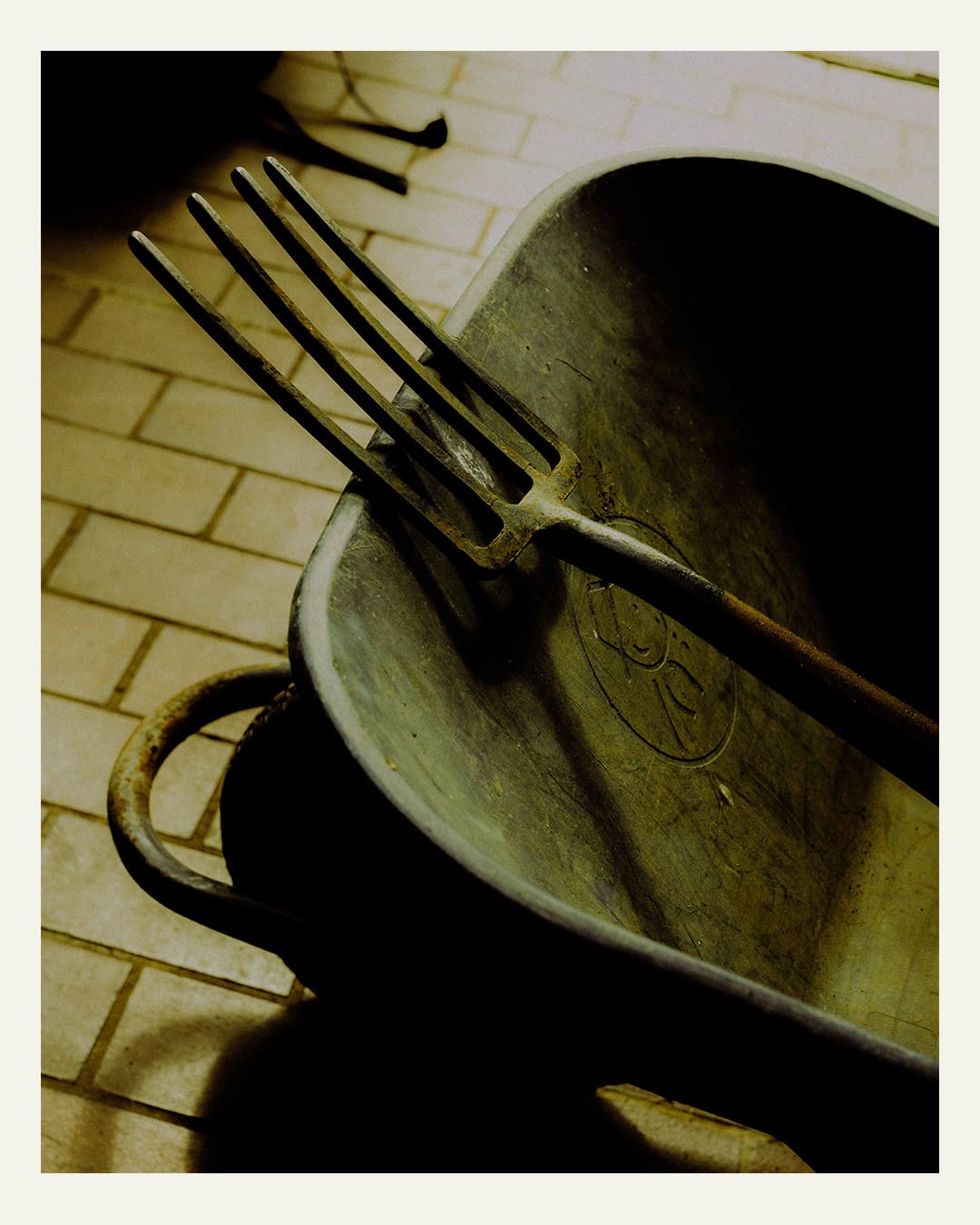
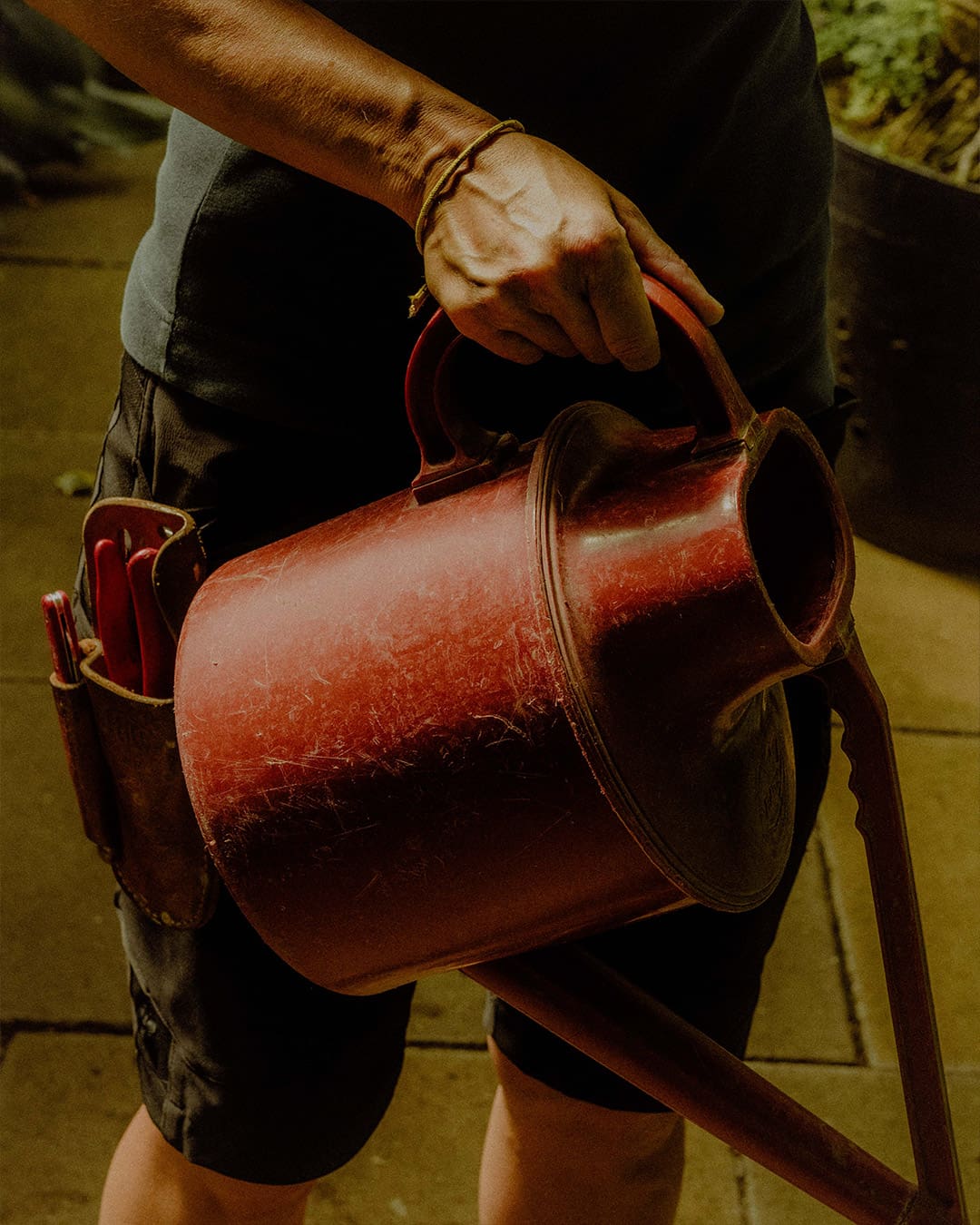
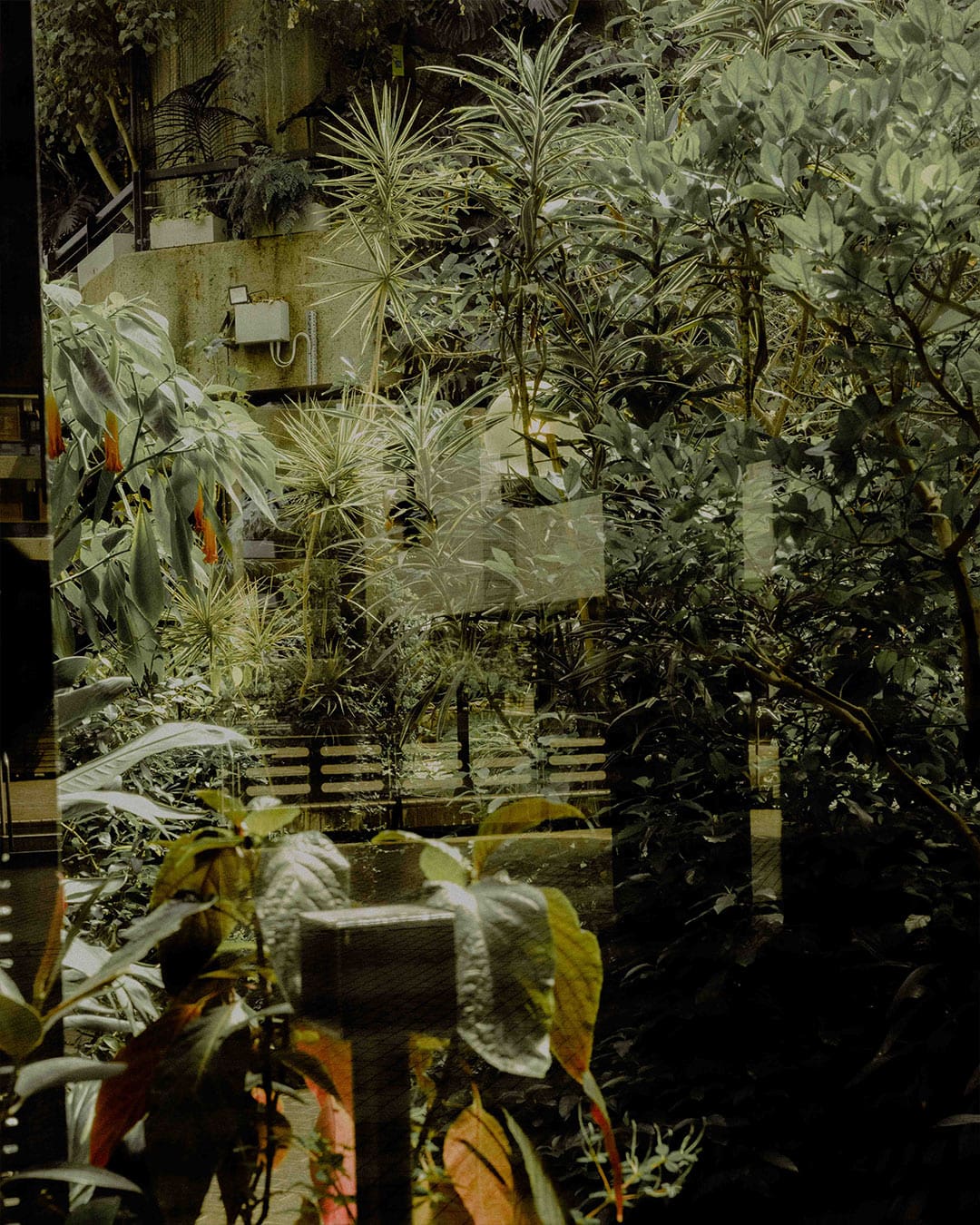
The conservatory was first planted between 1980 and 1981 (some of the largest monsteras and weeping figs date from that period) and is home to more than 1,500 species. Ponds filled with koi carp, terrapins and aquatic plants dot the multiple floors and terraces, and bougainvillaea, orchids and palms jostle for space. In one walkway, a yucca’s enormous trunk has grown so thick it envelopes the paving stones around it. An arid room at the top corner of the conservatory shelters innumerable cactus and succulent species, with one specimen growing so high it cracks against the glass roof. Through the windows, an outdoor terrace that’s closed to the public can be seen, where further beds, fruit trees and the Barbican’s beehives reside.
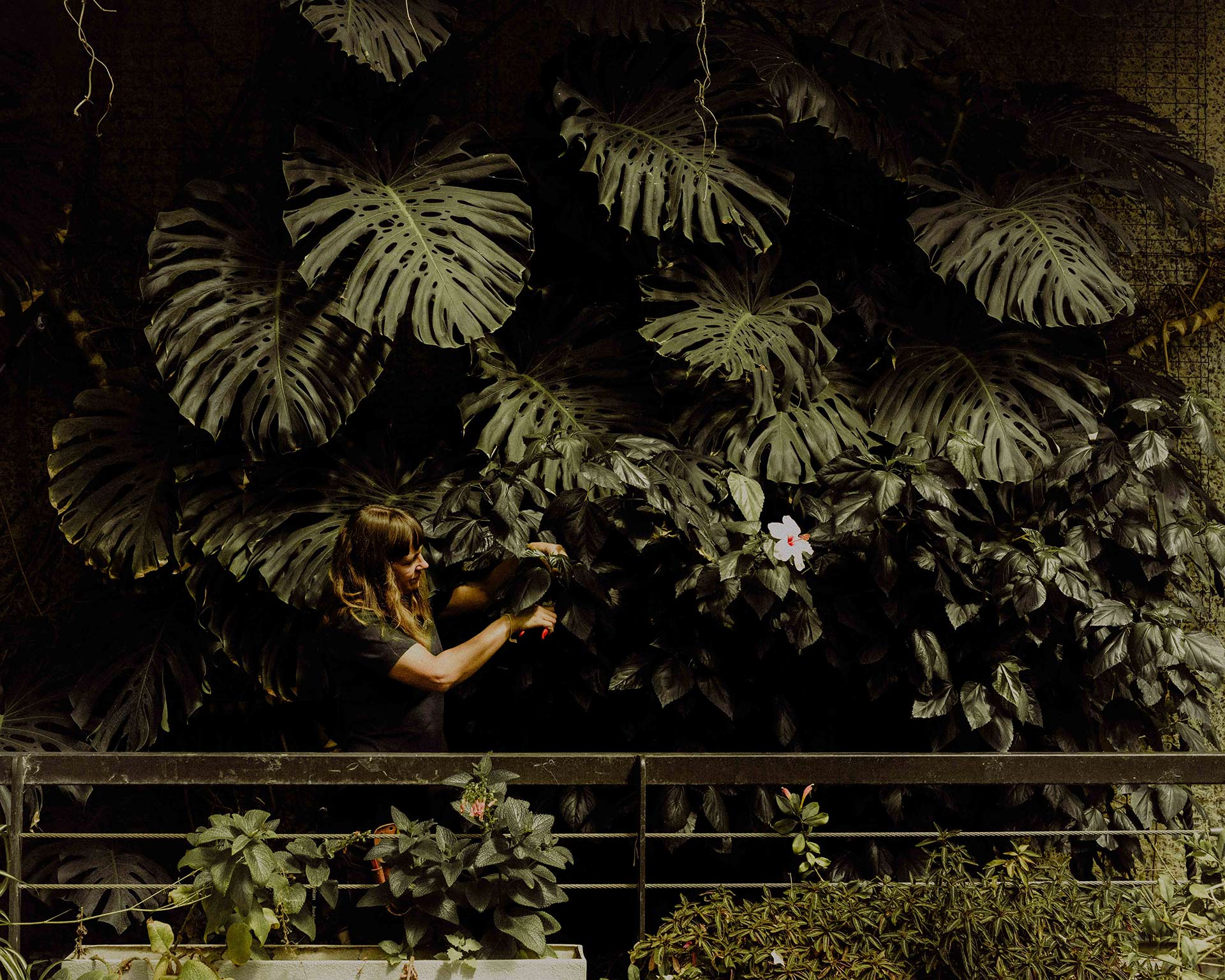
This whole project is cared for by three horticulturalists: Sara Fox, Katerina Moisi and head gardener Marta Lowcewicz. Fox and Moisi take us around the conservatory; while we look on amazed at the dense, diverse planting, they see a thousand and one jobs remaining on their to-do list. The further we explore, the full scale of their responsibility becomes clear. The first task – watering – takes one person the entire day to cover the whole conservatory and outdoor areas, and needs to be carried out two to three times a week in summer. Regular pruning, cultivating, propagating and replanting vie for their attention, and the issue of limited resources, like elsewhere in the public sphere, further constrains them. “We don’t often get a chance to stop and reflect on what we’ve achieved. When members of the public visit, we can pause and appreciate it through their eyes,” says Fox.
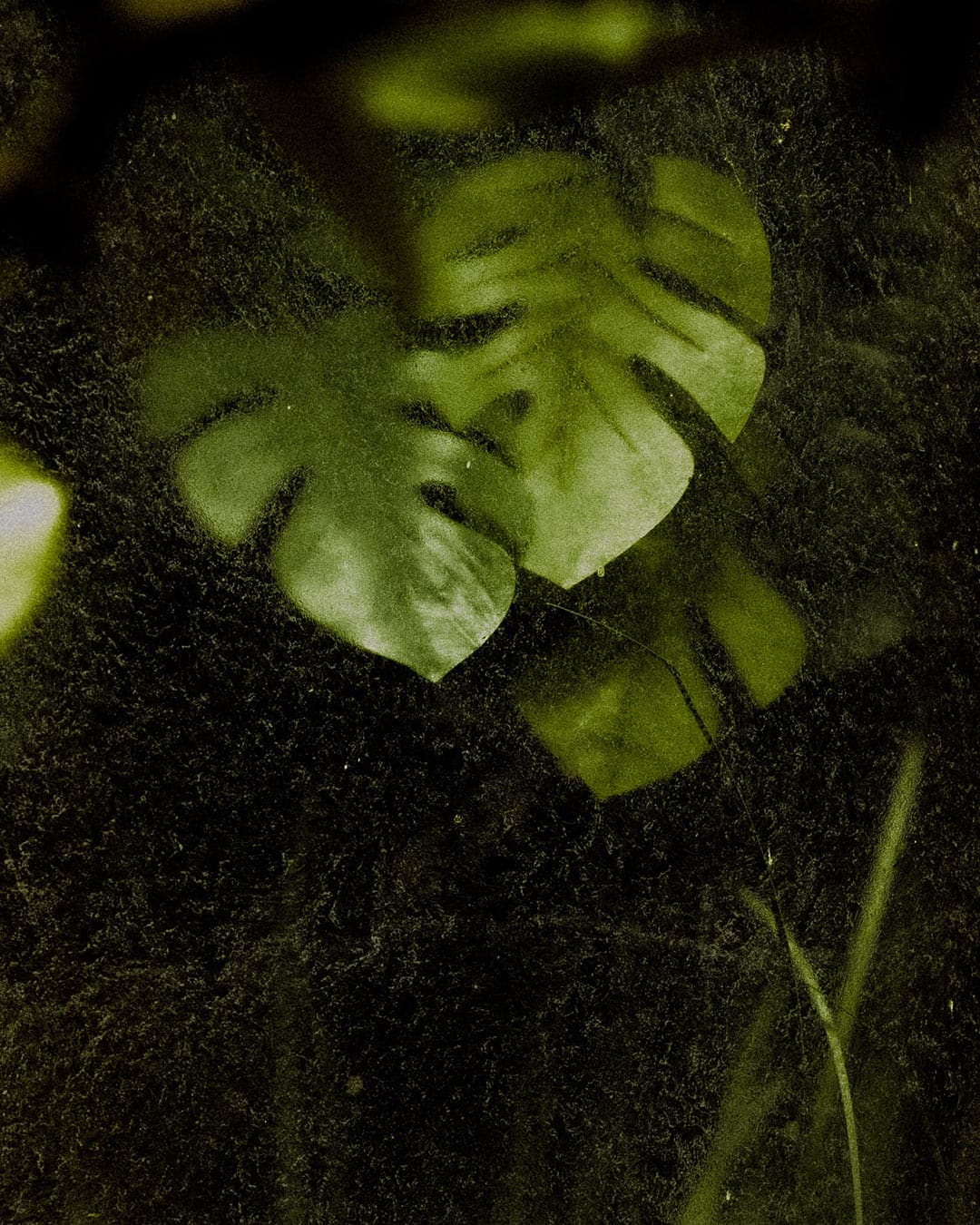
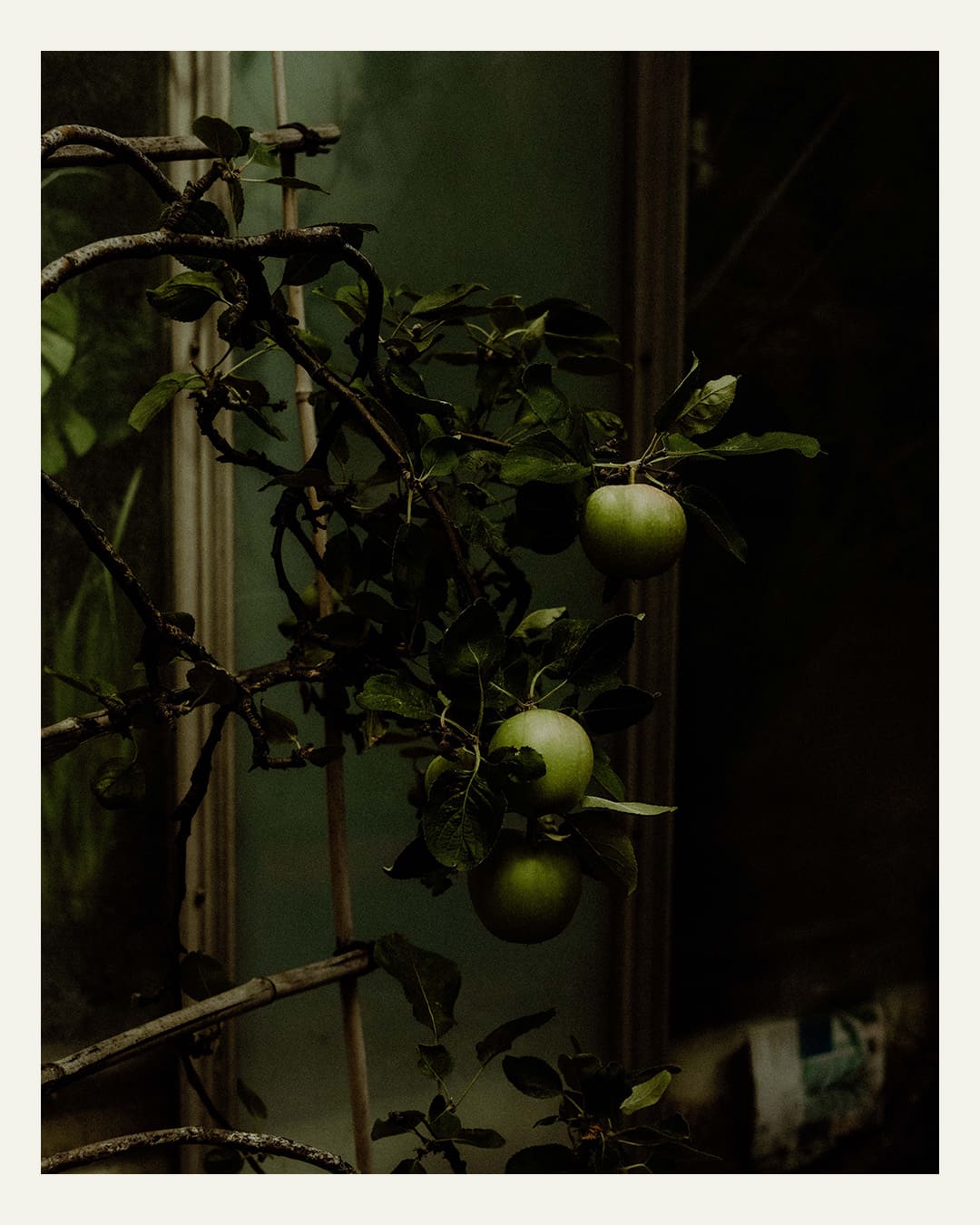
Both Fox and Moisi started working here as apprentices after a career change: Fox came from telecoms and a stint working on the murder team at London’s Met Police, while Moisi came from teaching. Fox joined seven years ago, when original head gardener Neil was still in his position – he planted some of the original specimens still thriving in the conservatory today.
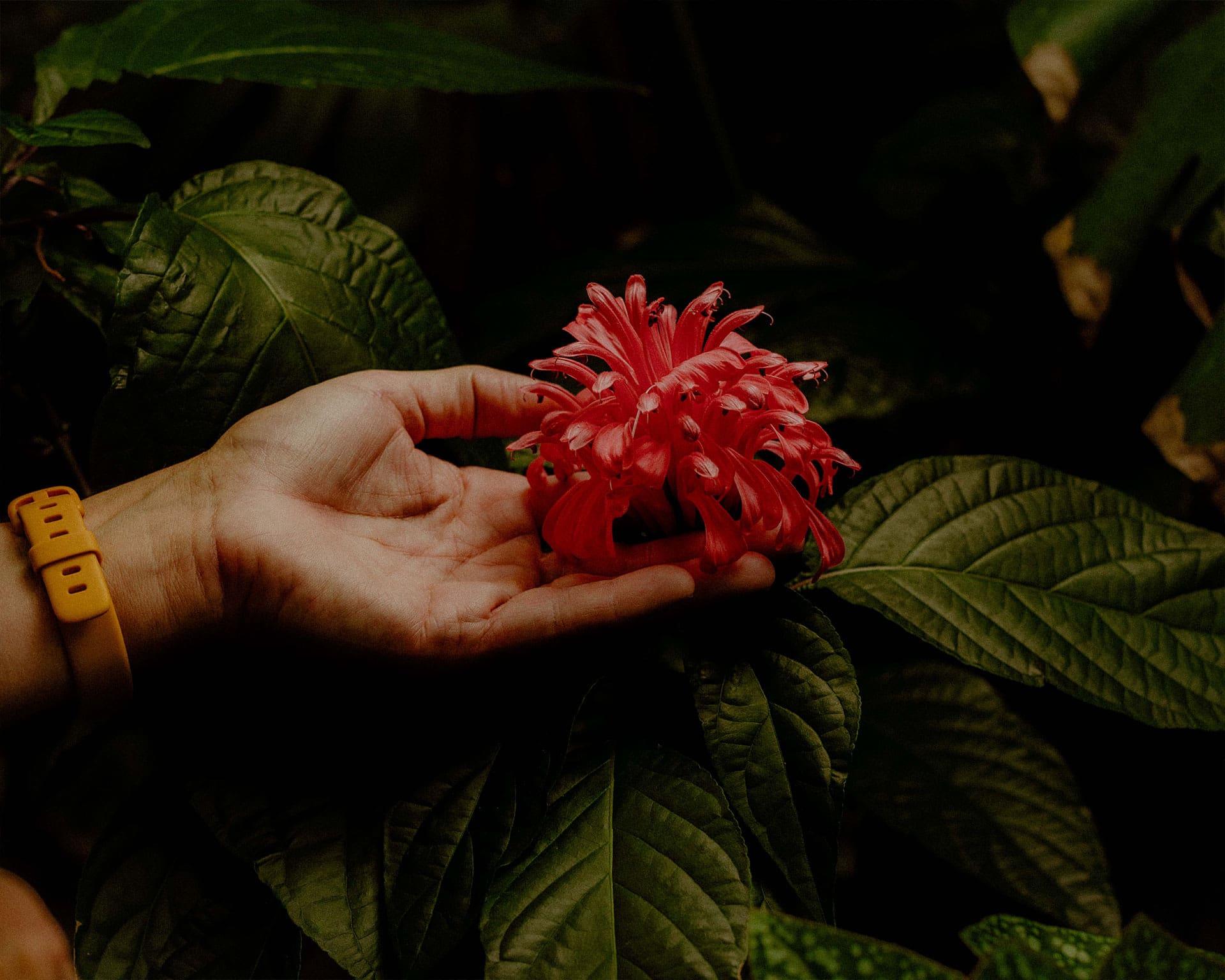
Maintaining the conservatory’s equilibrium is a constant battle. Pests are the main challenge, which the team manages by introducing predatory insects each month. Ladybirds and other predators are delivered by Royal Mail and released among the plants to hunt aphids and other pests. During our walk, we notice several crawling on the underside of fronds.
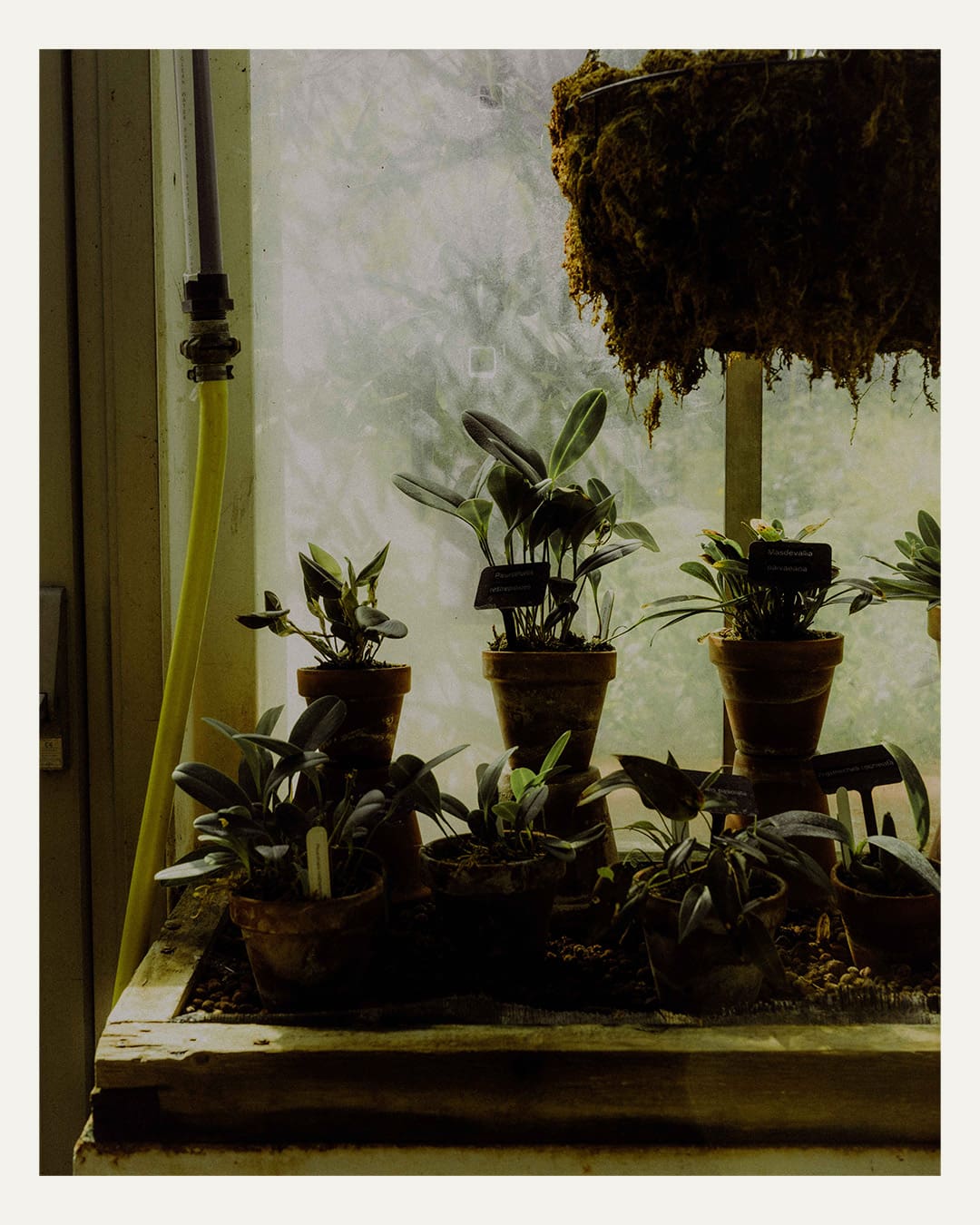
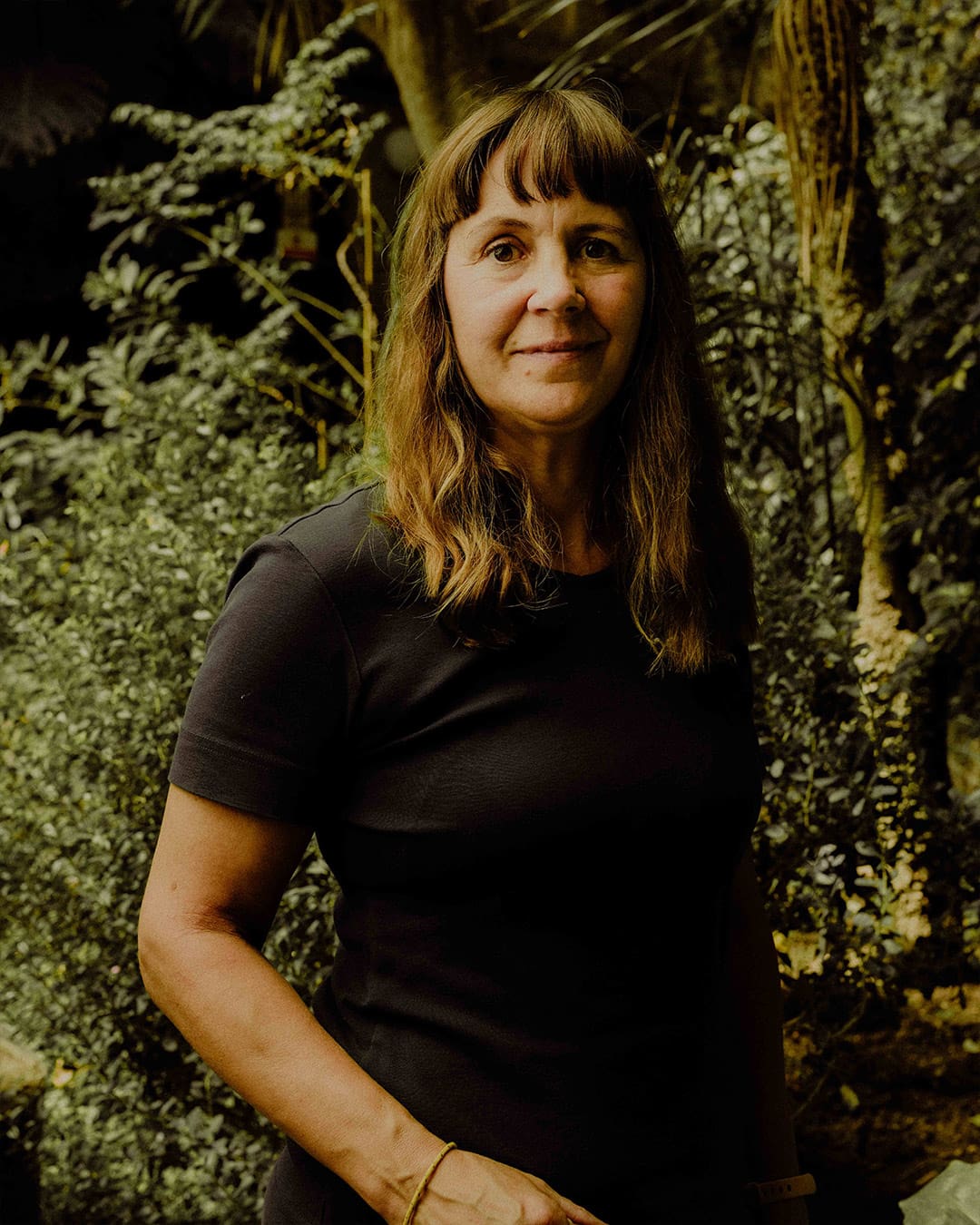
Other creatures can also be spotted here. “We often see birds nesting in the high branches, and one particular robin returns every winter – he’s started feeding from our hands,” says Moisi. Fox adds: “A few weeks ago, I was working in a bed and noticed a bright green lizard in the shrubs. It was an injured iguana abandoned by its owner. Fortunately a vet was able to take care of it.”
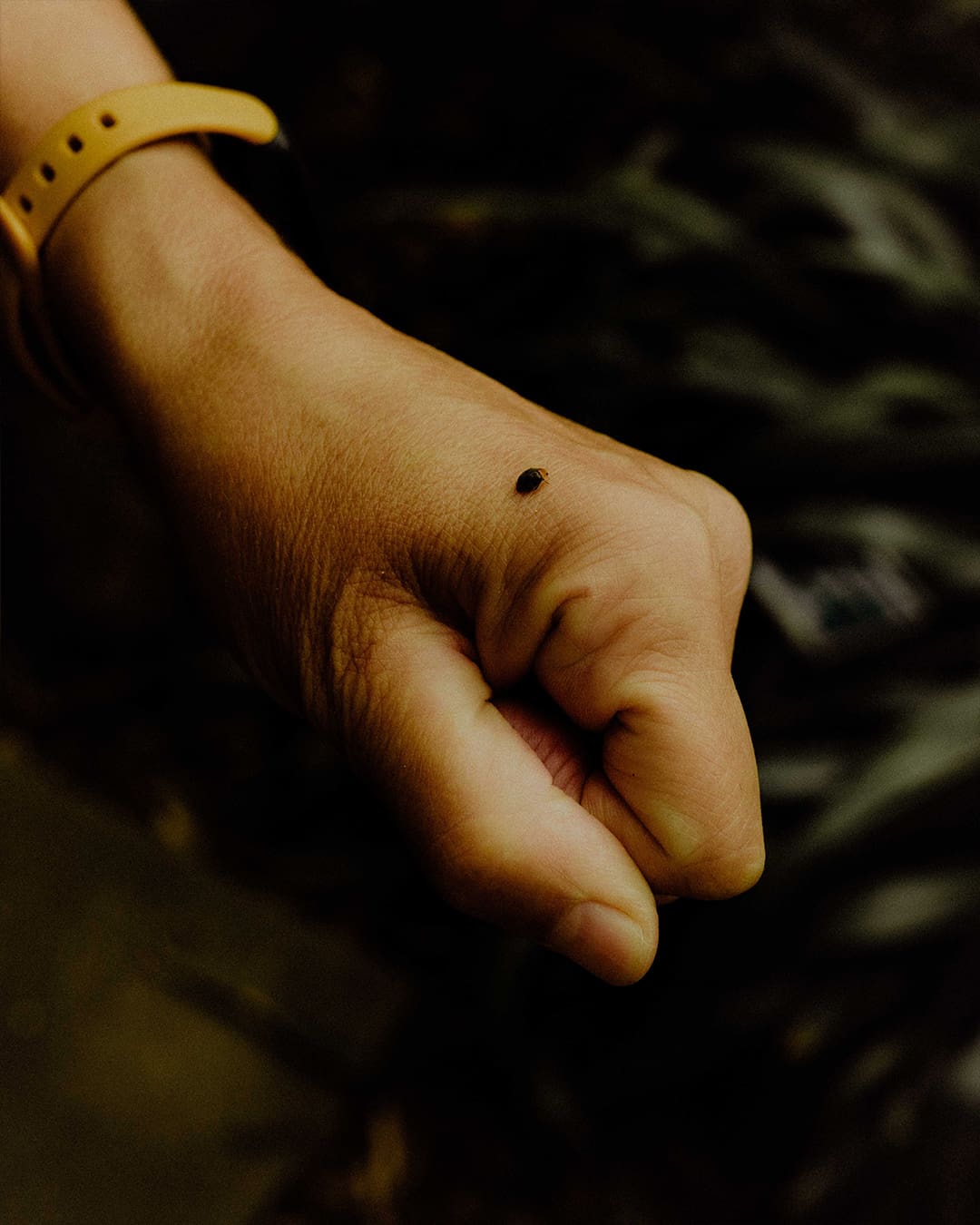
The terrapin pond is populated by similar animals – unwanted pets that were abandoned at wetlands, ponds and rivers before being found and brought here. Still as statues on the pond’s rocks, craning their heads to the sun, the terrapins are a picture of contentment.
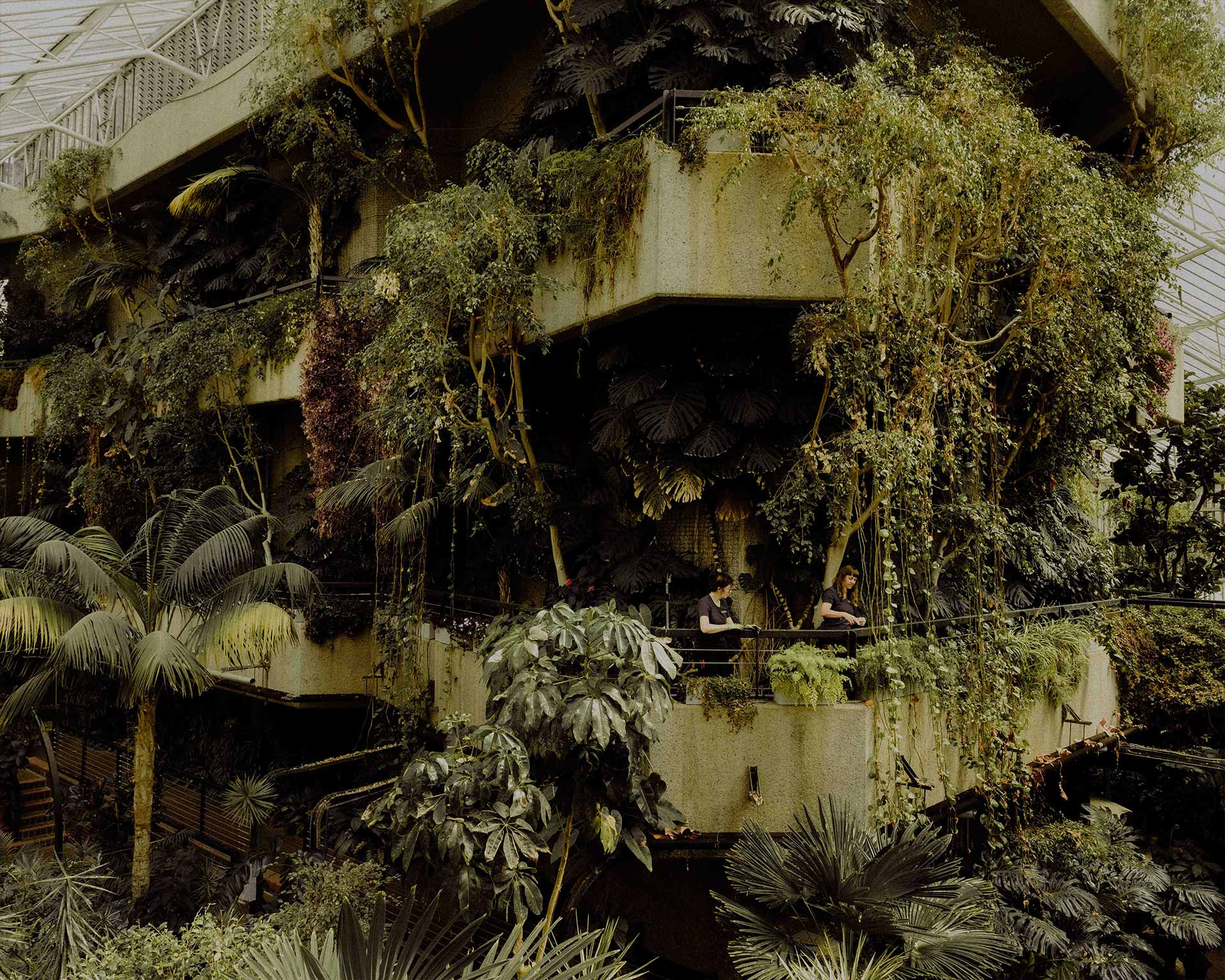
A grand piano sits expectantly on the ground floor’s patio area. Ed Maitland Smith, who works on the music programming at the Barbican, explains how he hopes more performances will be held here in the future. “Aphex Twin did a gig here once, which I’m told was the first silent disco in London,” he says. And an unknowable number of musicians have chosen the Barbican as the location for their press shots or music videos. “Thom Yorke was standing just over there on the balcony beneath the monstera for his shoot,” says Fox. Installations are also presented in the conservatory: a site-specific commission by Indian artist Ranjani Shetter was the most recent, where sculptures of delicate natural forms hung in dialogue with the dense foliage.
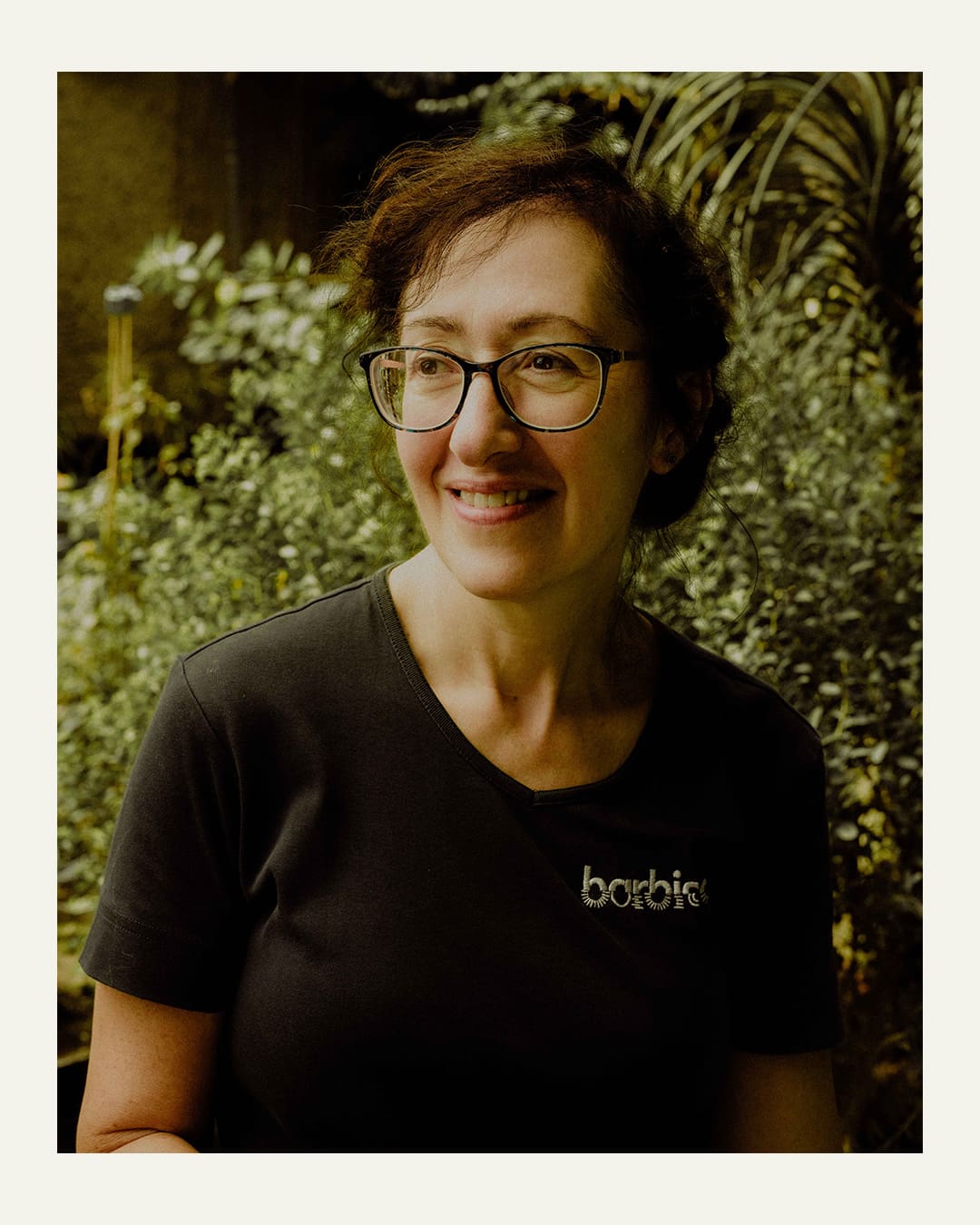
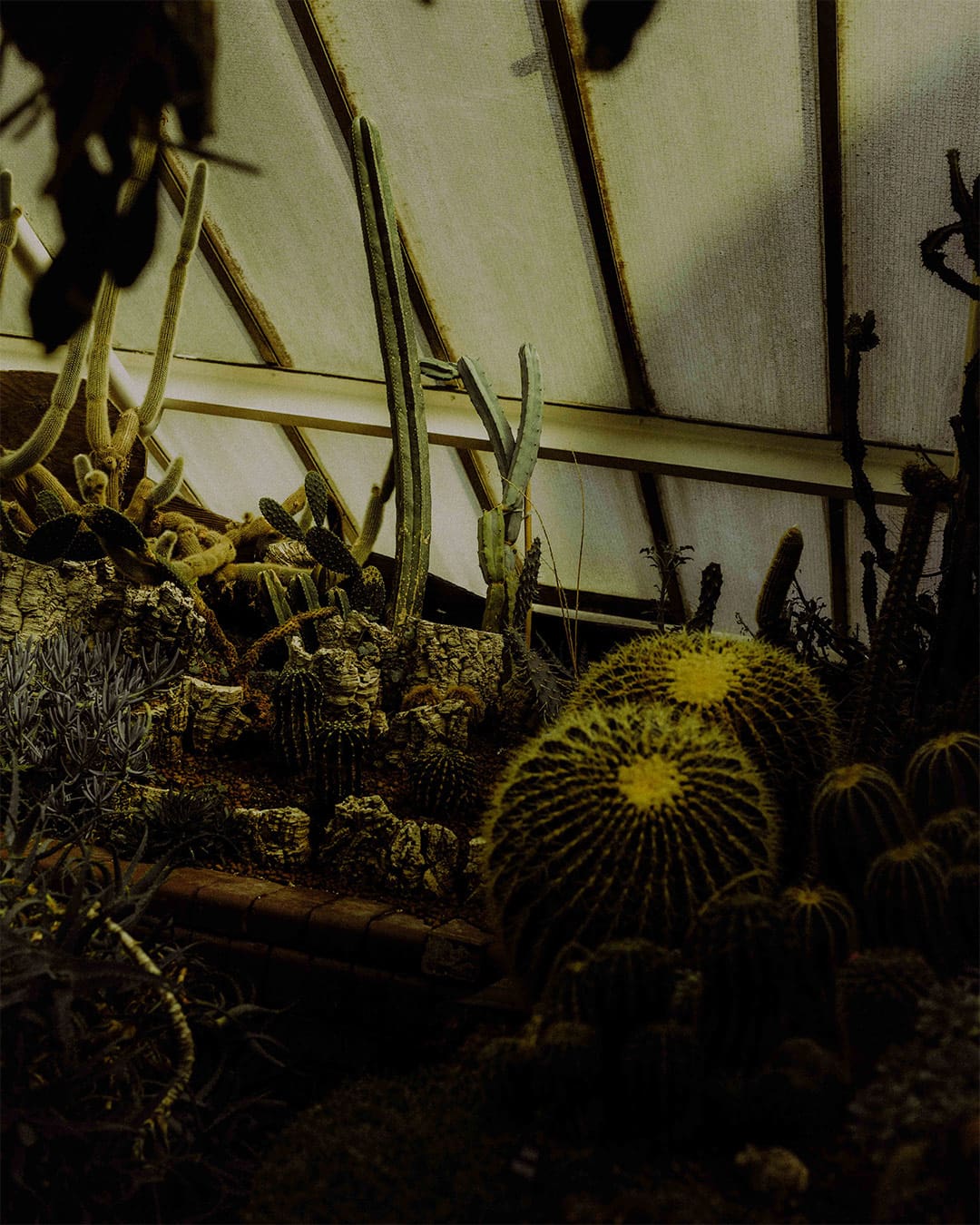
The gardening team clearly have their work cut out for them, yet their efforts have resulted in one of the most unique free-to-visit public spaces in London. Where else could you see brutalist concrete architecture juxtaposed so fluently with vibrant tropical plants this side of the equator?
